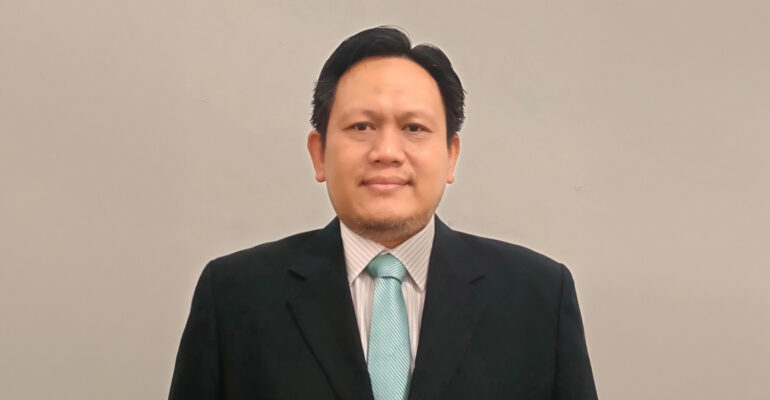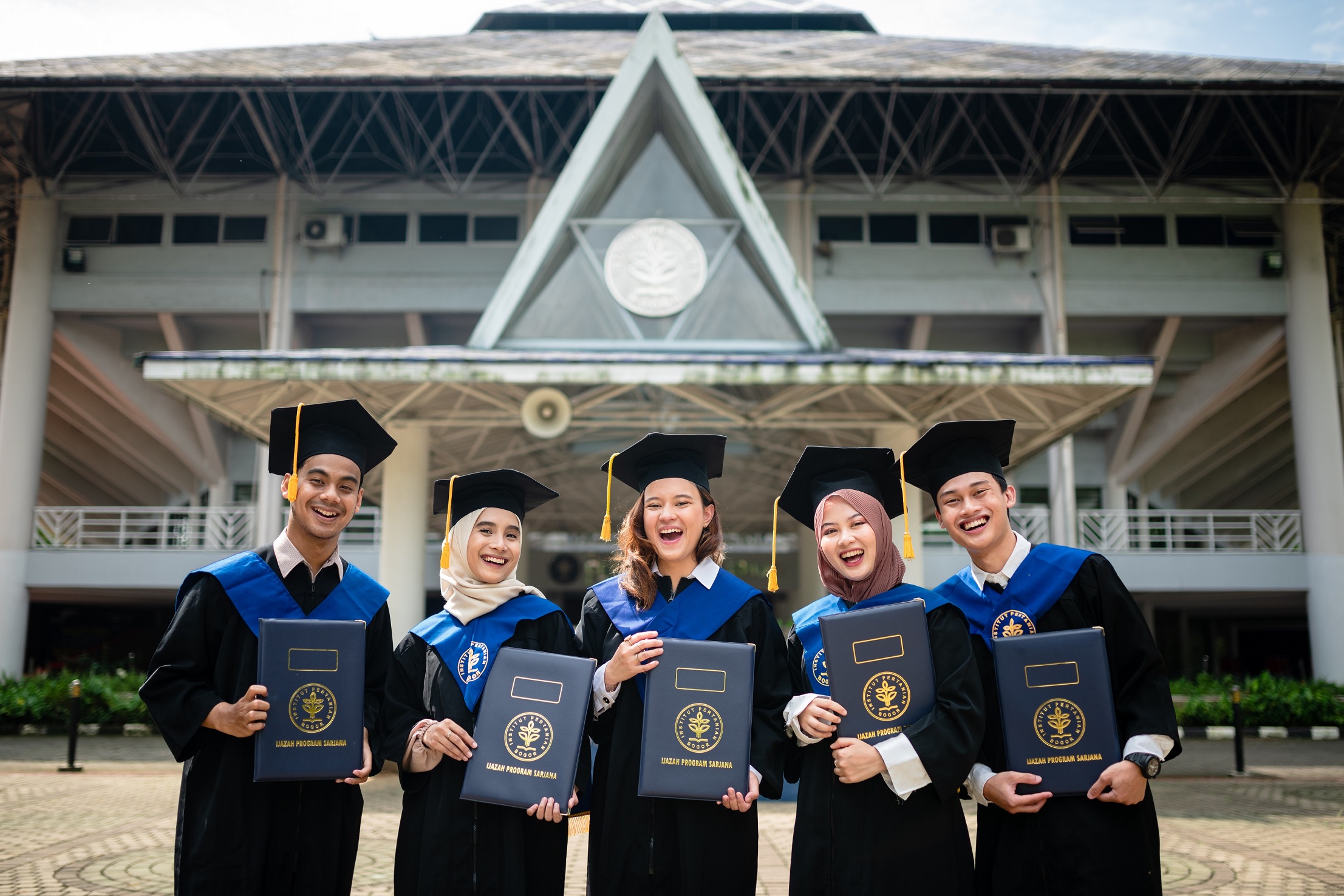Disparity between Subsidized and Unsubsidized Solar Prices Triggers Misuse, IPB University Expert Gives Two Recommendations

Professor of the Faculty of Economics and Management (FEM) IPB University, Prof A Faroby Falatehan said that the price difference between subsidized and non-subsidized fuel oil (BBM) in the field has the potential to cause inaccuracy in the distribution of subsidies.
“The problem with diesel fuel at the moment is the disparity/difference in price between subsidized and non-subsidized,” said Prof Faroby to the reporter of IPB Public Relations (17/2).
He said that the significant price difference between subsidized and non-subsidized diesel fuel is the main trigger for subsidy abuse by industry.
“With a minimum price difference of Rp 7.800/liter and an increasingly large difference of up to Rp 15.850/liter for B40 Industrial Biodiesel, it is not surprising that many industry players choose to use subsidized diesel for production cost efficiency,” he said.
According to Prof Faroby, this condition creates a dilemma in the company. On the one hand, the production team wants to reduce costs by using subsidized diesel. But on the other hand, managers at the head office understand that the use of subsidized diesel by the industry could pose a legal risk if exposed.
“As a result, this price imbalance continues to be a challenge for the business world,” he said.
In addition to abuse in the industrial sector, Prof Faroby also pointed out the limited supply of subsidized diesel, especially outside Java. In Kalimantan, for example, long queues of vehicles to get subsidized diesel are still a serious problem.
“Many vehicles have to queue from night to morning with a limited number of purchases. Even though Balikpapan, East Kalimantan, has Pertamina’s largest oil refinery,” he said.
To solve the problem of subsidized diesel distribution that is not on target, Prof Faroby suggested the government to evaluate the price disparity between subsidized and non-subsidized diesel. “As long as the price disparity is still high, the misuse of subsidized diesel will continue to occur,” he said.
As a solution, he recommends two main strategies to the government. First, adjust the price of subsidized diesel so that it is not too far from the price of unsubsidized diesel. This aims to reduce the incentive for the industry to abuse the subsidy.
“Second, tighten monitoring, supervision, and law enforcement of filling stations (SPBU) in the sale of subsidized diesel, so that it is more targeted,” he suggested.
Some time ago, Minister of Energy and Mineral Resources, Bahlil Lahadalia revealed that the current distribution of subsidized diesel was still not on target and needed to be improved. Therefore, Bahlil plans to curb the use of subsidized diesel so that it can be enjoyed by the rightful people. (dr) (IAAS/RUM)



